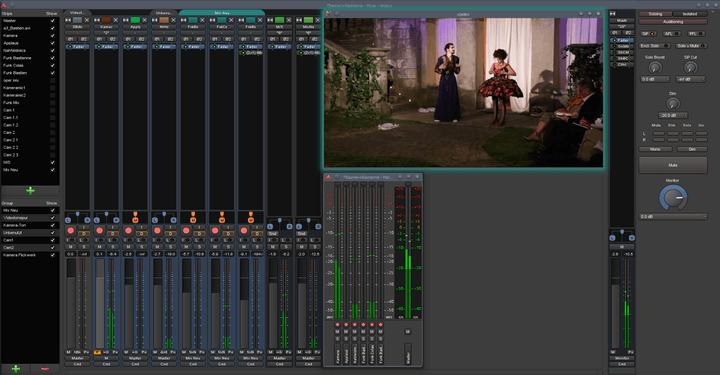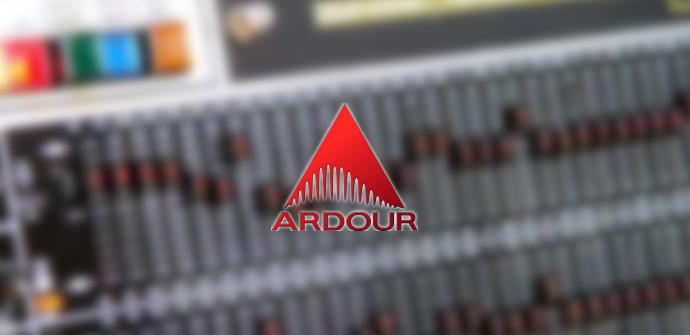
Do it anywhere else, and it will not reach the precious few who are willing to do anything about it! Video Tutorials Official The first and only place to file a complaint or feature request is in Mantis. Strongly languaged complaints and moaning on mailing lists, home pages, news groups, and other places does not (it does zap our enthusiasm though). Please read our guide for writing good bugs reports.Īnd please remember: a bug report helps us make Ardour better (over time, not necessarily tomorrow!). If the issue is not mentioned, open a new Bug and state how you think Ardour could become better (remember to use clear language be specific and verbose in you description - we have a hard time reading minds). If you find that Ardour does not cater for your needs, please look in the Mantis database to see if anyone has requested the feature you need, and put your vote on it.
#Ardour audio how to#
You should read about how to report a bug before using it. Mantis is the place to report and track bugs, as well as file feature requests.
#Ardour audio manual#
#Ardour audio code#
This is a read-only list that sends a message every time a commit is made to the Ardour source code repository. Since we started using IRC, this list has become very quiet. Many bugs get reported here too, but are normally re-reported to Mantis, our bugtracker (see below). This is where developers and technical users discuss substantive design issues with ardour. There are sometimes more general discussions about topics like recording technique, audio interface selection, etc. This is an active list, with many helpful and knowledgeable users around to help guide less experienced people. When necessary, people report new issues and ideas to the developers mailing list. This is where users and some developers discuss all kinds of problems and ideas related to using Ardour.

There are many other applications and apps for using IRC, depending on your platform. macOS users may like adium, a native IRC application for that platform. If you use Linux, xchat is almost certainly available as a package for your distribution. You may prefer to use an application specifically written for IRC like xchat ( native macOS version here). Note: as of Ardour 2.8.1 or later, you can also use IRC via your browser directly from the "Help->Chat" menu item within Ardour. Please pick a sensible nick/handle - that is how we will know you. If you wish, you can use IRC directly from within your web browser: click to join the the main channel. This is the best and fastest place to get immediate help with issues. This is where the majority of discussion about ardour development and design takes place, but user problems get addressed too. Online "chat"Īrdour's core developers and several key users hang out here on IRC, at pretty much any hour of the night or day. This manual is generally written for a slightly out-of-date version of Ardour, so some parts of its content will be somewhat inaccurate or incomplete with respect to newer, current versions of Ardour. The manual was updated by Bruno Ruviaro in 2013-2015. Read more about how the first version was was made.

#Ardour audio free#
The "Introduction to Ardour" FLOSS Manual is a free (gratis/libre) tutorial-style book, which introduces the program without expecting a vast knowledge of computers or sound editing from the reader. It is managed and edited collaboratively. The Reference Manual is a complete and detailed guide to Ardour. You will reach both Ardour developers and users here, and there's a good chance that someone will have useful insight/experience to help you.

The forums are one the main support mechanisms. You should probably make sure that you have the right idea about support for Ardour.

If you want to email someone, please use Support Expectations If you have questions that are not answered by these resources, you will generally get better and quicker answers by using our online chat systems, forums or the mailing lists. As a result, there are variety of types of support available for the program: The Ardour community consists of a large group of developers, editors and users who collaboratively help to design the application, track bugs, provide documentation and help to users.


 0 kommentar(er)
0 kommentar(er)
